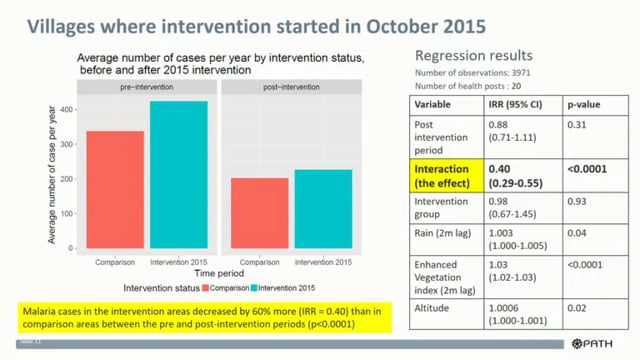Last Updated: 01/09/2025
Transmission risk from imported Plasmodium vivax malaria in the China–Myanmar border region
Objectives
The overall goal of this project is to revise current strategies and develop innovative tools for active case detection for strengthening the malaria surveillance-response system along the China-Myanmar border region.
Malaria importation and local vector susceptibility to imported Plasmodium vivax infection are a continuing risk along the China–Myanmar border. Malaria transmission has been prevented in three border villages in Tengchong County, Yunnan Province, China, by use of active fever surveillance, integrated vector control measures, and intensified surveillance and response.
Health workers performing active fever surveillance during the 2013 transmission season (May–September) visited each house at 2-week intervals, conducted interviews to household members and village residents, and collected blood samples from persons with history of fever during the previous 2 weeks.
To estimate human biting rates, mosquitoes were collected in each study village every 2 weeks by using volunteer outdoor human-landing catches during May–September 2013.
May 2013 — Dec 2014


